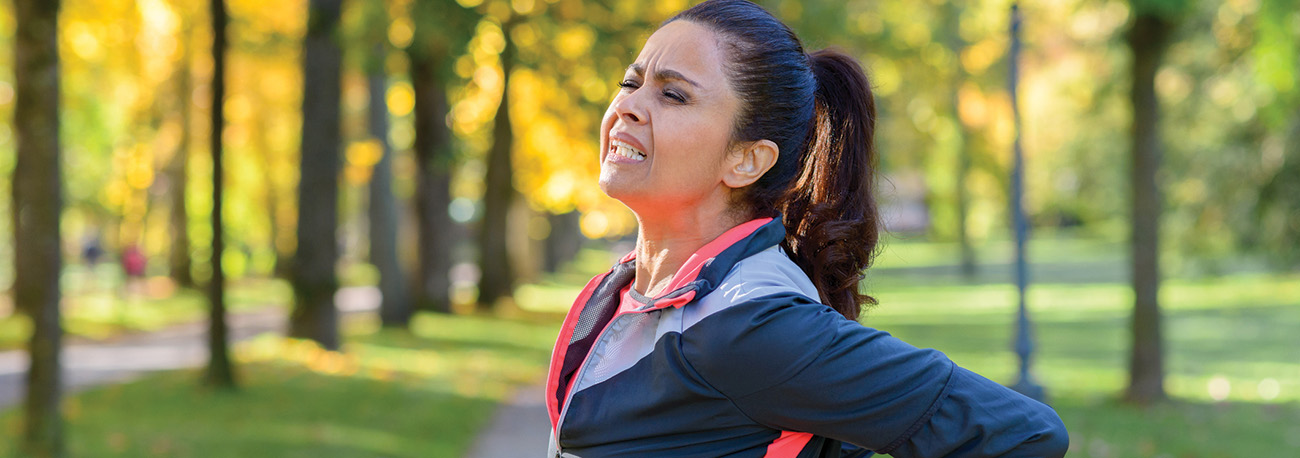2020 was a challenging year for everyone and COVID-19 has had a huge impact on people’s physical health and mental wellbeing. A survey of over 5,000 adults in England revealed that one third of adults said they were exercising less in the second half of 2020.1
However, the same survey also revealed that 7 in 10 adults are motivated to make healthier lifestyle changes in 2021, including exercising more.1
Being active has many health benefits, including improving sleep, helping maintain a healthy weight, managing stress and improving quality of life.2
It is recommended that adults do at least 150 minutes of moderate intensity physical activity or 75 minutes of vigorous intensity activity each week. It is also recommended that adults do strengthening activities that work all the major muscles (legs, hips, back, abdomen, chest, shoulders and arms) on at least two days each week.3 Click on the different intensities below to see examples of these activities.
Moderate intensity activites
- Brisk walking
- Water aerobics
- Riding a bike
- Dancing
- Doubles tennis
- Pushing a lawn mower
- Hiking
- Rollerblading
Vigorous intensity activities
- Jogging or running
- Skipping rope
- Aerobics
- Swimming fast
- Riding a bike fast or on hills
- Walking up the stairs
- Sports, like football, rugby, netball and hockey
- Gymnastics
- Martial arts
Muscle strengthening activities
- Carrying heavy shopping bags
- Yoga
- Pilates
- Lifting heavy weights
- Circuit training
- Sprinting up hills
- Interval running
- Running up stairs
- Spinning classes
People should try to reduce the time spent sitting or lying down and break up periods of not moving with activity.3
If someone hasn’t been active for a while, these recommendations might seem quite daunting. They should be advised to start with small amounts of activity and gradually build up how much activity they are doing. Customers should speak to their GP if they have any concerns about exercising and their general health.

Getting active at home
COVID-19 has had an impact on people’s activity levels, with many people spending more time at home, restrictions on going out, leisure centres and gyms being closed for long periods of time and social distancing measures. It is important that people try to keep active for both their physical health and mental wellbeing.
There are lots of activities that people can do at home, such as dancing, walking up and down the stairs, gardening or taking part in virtual fitness classes.
Public Health England’s (PHE) ‘Better Health’ campaign returned in January 2021 to support the public to take action to work towards a healthier lifestyle. This campaign provides a range of free NHS tools and apps to support people to get active. These include:4
- Couch to Fitness – a 9-week programme of free at-home exercise classes for beginners
- InstructorLive – an online fitness platform with over 800 workouts available
- Join the Movement – a timetable of online classes to suit all levels of ability.
These can be accessed at: www.nhs.uk/better-health/get-active/

Managing pain after exercise
People may experience sore or aching muscles after physical activity; this can happen when they start a new exercise routine, change their routine or increase the intensity of their regular workout. Rest, ice packs, painkillers and massage may help ease symptoms. If you have any concerns about a person’s symptoms, refer them to the pharmacist. Customers should be advised to seek medical advice if the pain becomes unbearable or if they experience heavy swelling.5
Tips for customers to get active4
Get into a good habit – set a reminder to get up and move every 30 minutes during the day
Leave for lunch – take a lunch break and go for a walk to get some fresh air and unwind
Their own stand-up routine – try standing up instead of sitting when they can
Take up a hobby – active hobbies such as DIY or gardening can be good for the body as well as the mind
Track progress – set a daily target and track progress
It’s better together – be active with family and friends; go for a walk in the park (in line with any current restrictions)
Go from strength to strength – muscle strengthening activities help to strengthen muscles, joints and bones
Rewards – set goals with a reward when the goal is achieved
Do something enjoyable – people are more likely to do an activity they enjoy!
3. https://www.nhs.uk/live-well/exercise/
4. https://www.nhs.uk/better-health/get-active/
5. https://www.nhs.uk/live-well/exercise/pain-after-exercise/
Online references last accessed January 2021.
